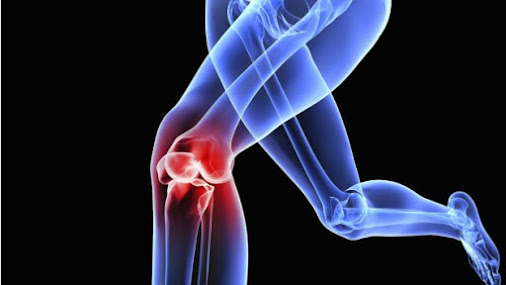IT'S GETTING COLDER, JOINT PAINS ARE COMING!

Stiffness, aches, and pains are often associated with changes in weather, especially the falling temperatures of winter. Let's talk about weather-related joint pain and what you can do to reduce your risk. Understanding why certain patients react to weather changes and others do not is unclear but there are several steps you can take to be more comfortable when the weather turns cold. Why does the cold cause pain and stiffness? There is no one explanation for why dropping temperatures affect your joints. One theory relates to drops in barometric pressure, which cause tendons, muscles, and the surrounding tissues to expand. Because of the confined space within the body, this can cause pain, especially in joints affected by arthritis. Are some people more susceptible than others? Everyone’s body reacts to fluctuating barometric pressure, but people with arthritis and those with chronic pain are more vulnerable to feeling discomfort. Also, bad weather can affect people’s moods; if you...




